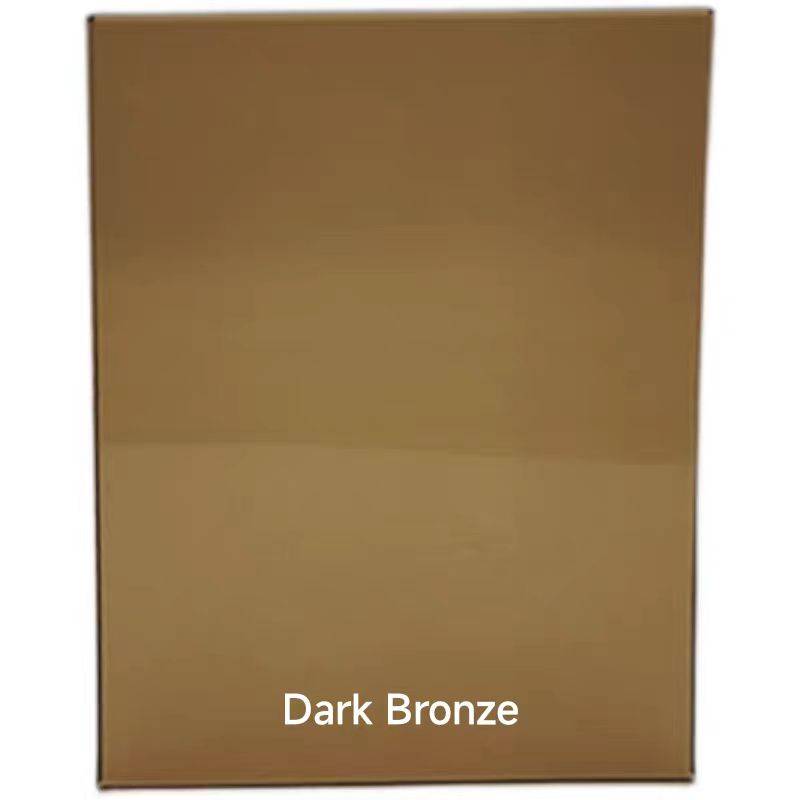

Understanding the Cost of Frosted Toughened Glass
Frosted toughened glass has gained considerable popularity in both residential and commercial spaces for its unique aesthetic appeal and functional benefits. As architects and designers increasingly seek innovative solutions for privacy and style, the demand for frosted glass has surged. However, potential buyers often find themselves wondering about the pricing structure for this specialized material. In this article, we will delve into the factors that influence the cost of frosted toughened glass and provide insights to help consumers make informed decisions.
What is Frosted Toughened Glass?
Frosted toughened glass is created by applying a frosted finish to toughened glass, which involves heating the glass to high temperatures and then rapidly cooling it. This process enhances the glass's strength, making it more resistant to impacts and thermal stress compared to standard glass. The frosted finish not only adds a decorative element but also increases privacy by obscuring visibility without sacrificing natural light.
Factors Influencing the Price
1. Material Quality The type of glass used plays a significant role in determining the price. High-quality toughened glass, which offers better durability and safety, tends to be more expensive. Additionally, the frosted finish could be achieved through different methods, such as sandblasting or acid etching, which can also affect costs.
2. Thickness The thickness of the glass is another crucial factor. Thicker glass provides enhanced safety and durability but comes at a higher cost. Standard thickness ranges from 4mm to 12mm, with prices escalating as the thickness increases.
3. Size and Dimensions Custom sizes will invariably affect the cost of frosted toughened glass. Standard sizes may come at a lower price point, but if a project requires bespoke dimensions, it could lead to increased material and labor costs.

4. Surface Finish The type of frosting can influence the price. For example, more intricate patterns or higher quality finishes will likely incur additional costs compared to simpler, more uniform frosted surfaces.
5. Installation Costs While the price of the glass itself is a key component, installation cannot be overlooked. Professional installation is advisable for frosted toughened glass, and costs can vary based on the complexity of the installation and the geographical location.
6. Volume of Purchase Bulk orders may result in reduced prices per unit. If a homeowner or business needs several panels of frosted toughened glass, negotiating with a supplier for a bulk discount can yield substantial savings.
7. Supplier and Manufacturer Reputation Established suppliers often offer higher quality glass and better service, which can align with a higher price point. However, it is crucial to balance cost with quality to ensure a satisfactory purchase.
Average Pricing
While it's difficult to provide an exact price for frosted toughened glass due to the variability of the factors mentioned above, consumers can expect to pay anywhere from $30 to $100 per square foot, depending on specifications. This estimate typically covers the glass alone and does not include installation costs, which can add an additional $50 to $200 per hour depending on the complexity of the project.
Conclusion
Investing in frosted toughened glass can significantly enhance the aesthetics and functionality of your space, providing privacy and a modern touch without compromising on natural light. Understanding the various factors that influence the price can empower consumers to make smarter purchasing decisions. Whether renovating a home or designing an office space, being informed about the qualities and costs associated with frosted toughened glass can lead to a more successful and satisfying outcome in your project. Always remember to consult multiple suppliers, compare prices, and consider the long-term benefits of quality over short-term savings.